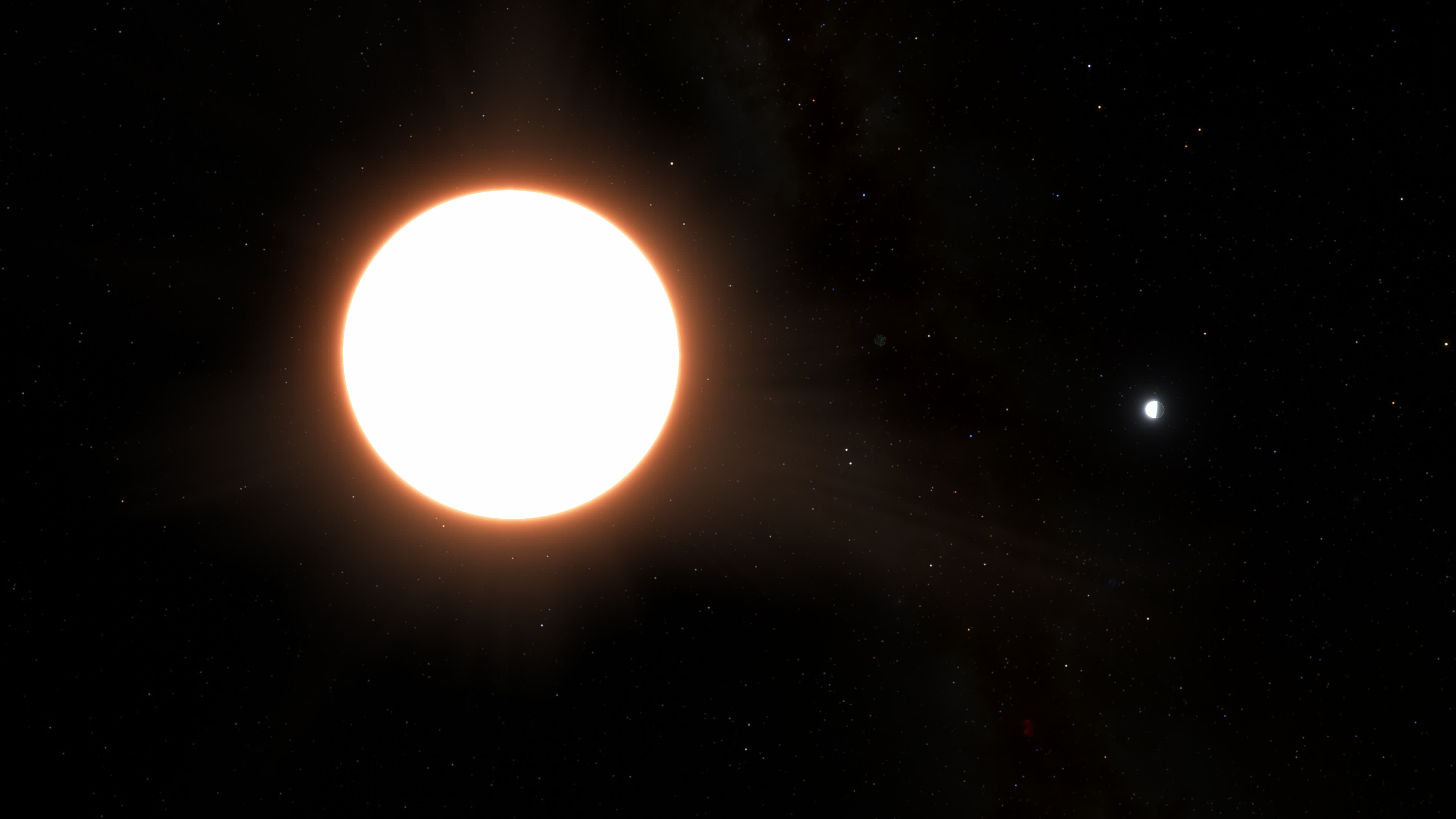In a nutshell: The catalog of known exoplanets is turning into a "bestiary" of weird celestial bodies that defy traditional theories on planetary formation. Thanks to JWST and other state-of-the-art telescopes, scientists can now thoroughly investigate these enigmatic entities.

LTT9779 b is yet another planetary body that researchers say shouldn't actually exist. Initially discovered in 2020 by NASA's TESS space telescope, the exoplanet has now been meticulously examined through the ESA's Cheops mission. According to the European Space Agency, LTT9779 b is the brightest exoplanet ever discovered, exhibiting mirror-like properties that reflect nearly all the light emitted by its host star.
ESA compares LTT9779 b to Earth, which reflects only around 30 percent of sunlight, and to Venus, the most reflective planet in the solar system (with a reflectivity of 75 percent) due to its dense cloud cover. The Cheops mission has now revealed that LTT9779 b reflects an unprecedented 80 percent of the light coming from its parent star.
LTT9779 b exhibits an unexpectedly high albedo, which is the scientific term used to measure the proportion of starlight reflected by a planet or other celestial objects. Most planets possess a low albedo due to factors such as light absorption by their atmospheres (like Earth) or the presence of dark or rugged surfaces. The albedo of LTT9779 b has surprised researchers, considering the exoplanet's constant exposure to its star, which should result in an estimated surface temperature of 2,000 degrees Celsius.
The planet should be too hot to sustain an atmosphere, let alone form clouds composed of metal or glass. However, Cheops has unveiled that LTT9779 b possesses a metallic atmosphere, which is created by an oversaturation of metallic clouds infused with silicate and metal vapors. Researchers claim to have unraveled this puzzle by adopting a similar perspective to "condensation forming in a bathroom after a hot shower."
Clouds form in a bathroom when the air becomes saturated with water vapor. Similarly, LTT9779 b formed its metallic clouds due to an oversaturation of silicate and metal particles. The remarkable aspects of LTT9779 b don't stop there; its size and temperature classify it as an "ultra-hot Neptune" planet.
LTT9779 b orbits its host star so closely that a single "year" on its surface lasts only 19 hours. Moreover, it boasts a radius 4.7 times larger than that of Earth. Previously discovered planets with such short orbits fell into two categories: "hot Jupiters," with radii at least 10 times that of Earth, or rocky planets smaller than twice the size of Earth.
The discovery of an ultra-hot Neptune-type planet is unprecedented, to the extent that scientists have coined a specific term for this elusive class of celestial bodies: "hot Neptune desert." The existence of LTT9779 b goes against expectations, as emphasized by research co-author Vivien Parmentier.
https://www.techspot.com/news/99386-esa-mission-discovers-shiny-exoplanet-clouds-made-metal.html